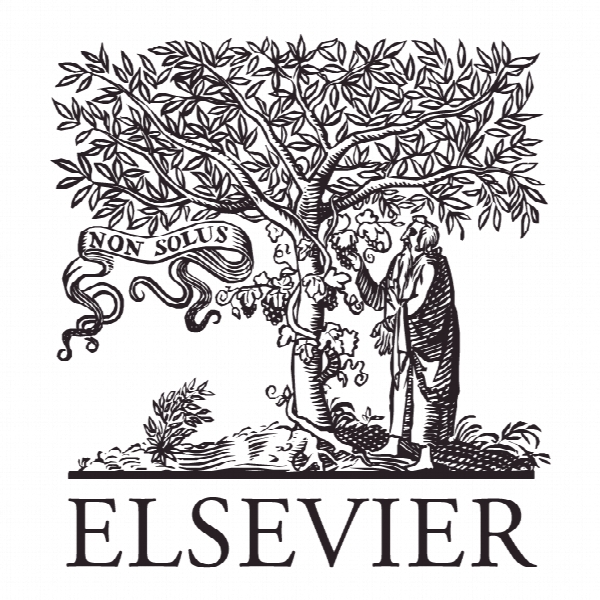مدیریت منابع انسانی بین المللی در شرکت های چند ملیتی International HRM in South African multinational companies
- نوع فایل : کتاب
- زبان : انگلیسی
- ناشر : Elsevier
- چاپ و سال / کشور: 2018
توضیحات
رشته های مرتبط مدیریت
گرایش های مرتبط مدیریت منابع انسانی
مجله مدیریت بین المللی – Journal of International Management
دانشگاه Cranfield School of Defence and Security – Cranfield University – United Kingdom
منتشر شده در نشریه الزویر
کلمات کلیدی بریتانیا، بازارهای نوظهور، شرکت های چند ملیتی در حال ظهور، (EMMNC ها)، مدیریت منابع انسانی (HRM)، آفریقای جنوبی
گرایش های مرتبط مدیریت منابع انسانی
مجله مدیریت بین المللی – Journal of International Management
دانشگاه Cranfield School of Defence and Security – Cranfield University – United Kingdom
منتشر شده در نشریه الزویر
کلمات کلیدی بریتانیا، بازارهای نوظهور، شرکت های چند ملیتی در حال ظهور، (EMMNC ها)، مدیریت منابع انسانی (HRM)، آفریقای جنوبی
Description
1. Introduction 1.1. Growth of South African emerging market MNCs The main aim of this article is to address a gap in international HRM literature about HRM practice, strategies and host country controversies regarding EMMNCs from South Africa. For economic development and growth to be sustainable in the long term, there are significant human resource and infrastructural development challenges in most emerging markets. Their internationalisation has also not been without certain controversies in their host countries in Africa with a Pan-African business development strategies, aggressive purchasing strategies and standardization of employment practices Wood (2015). An empirical question is whether the African continent is beginning to experience a sustainable renaissance and to identify what HR challenges need to be addressed, particularly by its own rapidly growing EMMNCs. Research on business models and strategies of Emerging Market Multinational Companies (EMMNCs) though embryonic, increasingly includes both theory development and empirical analyses (Demirbag and Yaprak, 2015, Madhok and Marques (2013), Wilkinson et al. (2014); examination of human resource management (HRM) policies and practices (Horwitz and Budhwar, 2016) and investigations of HRM in BRICS countries such as South Africa (Horwitz and Mellahi, 2009; Horwitz, 2012 and Horwitz and Budhwar, 2016). Much of this work reflects two theoretical perspectives; that of institutional theory (Wood and Horwitz, 2016, Wilkinson et al. (2014) and secondly for cultural and cross–cultural frameworks (Jackson, 2014, 2002, 2016). Emerging markets account for more than 50% of global economic output and emerging market MNCs from South Africa, such as the Anglo American Group, SABMiller, Naspers-Tencent, Nandos, Sasol, Sappi and MTN, have become global players (Horwitz and Budhwar, 2016). Notwithstanding their volatility, Van Agtmael (2007:10–11) predicts that ‘in about 25 years the combined gross national product (GNP) of emergent markets will overtake that of currently mature economies causing a major shift in the centre of gravity of the global economy away from the developed to emerging economies’. He posits (Van Agtmael, 2007: p. 12) that by the middle of this century, emerging markets in aggregate will be nearly twice as large as the current developed economies. Some 18 South African MNCs were amongst the top 200 emergent market companies (Morgan Stanley Capital International Inc., 2003), and more recently in the African context some 38 out the top 50 African companies in terms of turnover are South African EMMNCs (Smith, 2011).


